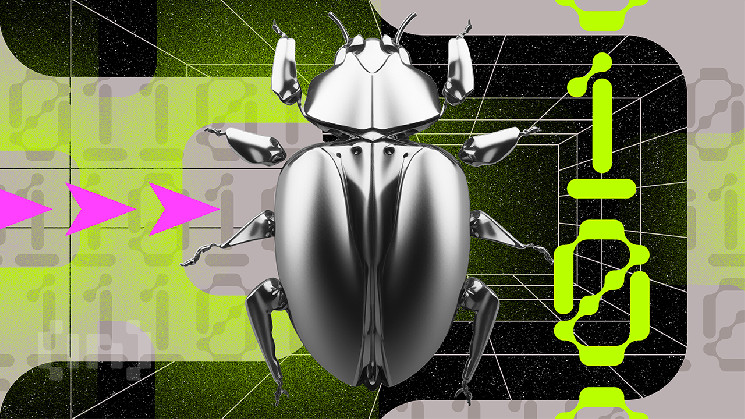South Korea Experiments With DLT to Fight Pest Infestation

In a fusion of technology and public health, South Korea is witnessing a novel application of blockchain technology. 29-year-old blockchain engineer Kang Jae-gu is spearheading the fight against a bedbug crisis.
This innovative approach resonates with the global trend of blockchain’s growing influence, as predicted by crypto analyst Jamie Coutts, who expects a surge to 100 million daily blockchain users in the near future.
South Korea Pulls Out Blockchain Weapon in Bedbug Battle
Kang is taking a data-driven approach to map bedbug infestations across South Korea. He created bedbugboard.com, which uses blockchain to power an interactive map that marks approximate locations of infestations.
Blockchain bedbug tracker being used in South Korea to fight against infestations. Source: Bedbugboard
Indeed, this effort showcases how blockchain’s inherent qualities of transparency and decentralization can be leveraged in public health crises. Kang explained his motivation,
“I am extremely sensitive to insects, so I sleep under a mosquito net throughout all four seasons.”
Meanwhile, the site’s popularity has skyrocketed and now attracts 50,000 daily visitors. It’s a testament to its value in providing reliable, real-time information.
Read more: Deploying Blockchain Infrastructure: Challenges and Solutions
Solving Real-World Problems
Seoul’s response to the bedbug invasion, notably in compact housing units like gosiwon and jjokbang, parallels the problem-solving ethos of blockchain. Additionally, The Seoul city government has allocated a significant 700 million won ($535,000) to protect residents in vulnerable housing.
This proactive stance also echoes the adaptability and solution-focused nature of blockchain technology, as outlined by Coutts, who emphasizes the technology’s robust adoption irrespective of market cycles.
Kim Ju-hyeon, a professor at Seoul National University’s School of Tropical Medicine, underlined the gravity of the situation with his words:
“Bedbugs can live for over 100 days even if they do not eat properly. They are thin and also hide well.”
The confluence of Kang’s blockchain-driven initiative with Seoul’s decisive action highlights a broader narrative. Furthermore, it reflects an era where technology like blockchain transcends its traditional boundaries. It can offer tangible solutions to real-world problems, mirroring Coutts’ view of blockchain’s inevitable and substantial impact.
As the world grapples with various challenges, the role of blockchain in sectors beyond finance continues to grow. Overall, It gives way to a future where technology and human resilience converge to combat even the most persistent of pests.
Read more: What Is Blockchain Interoperability?





